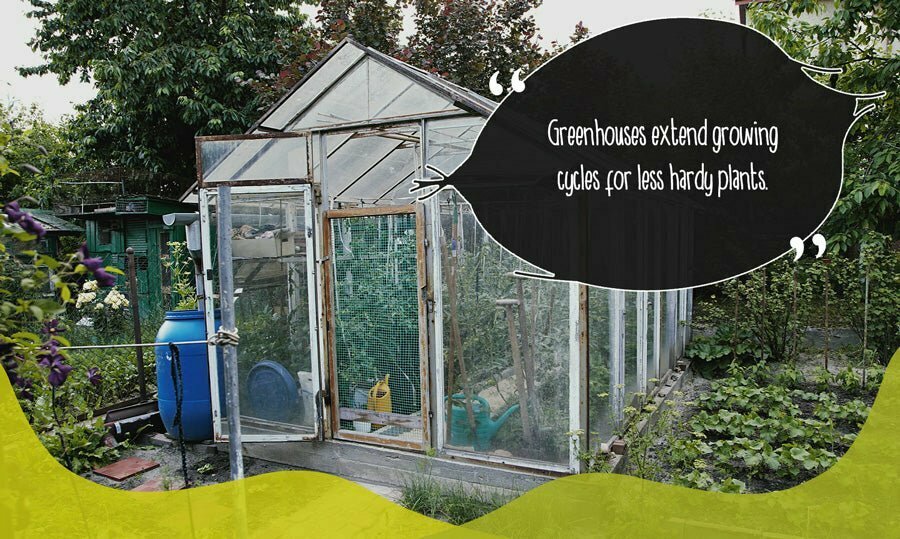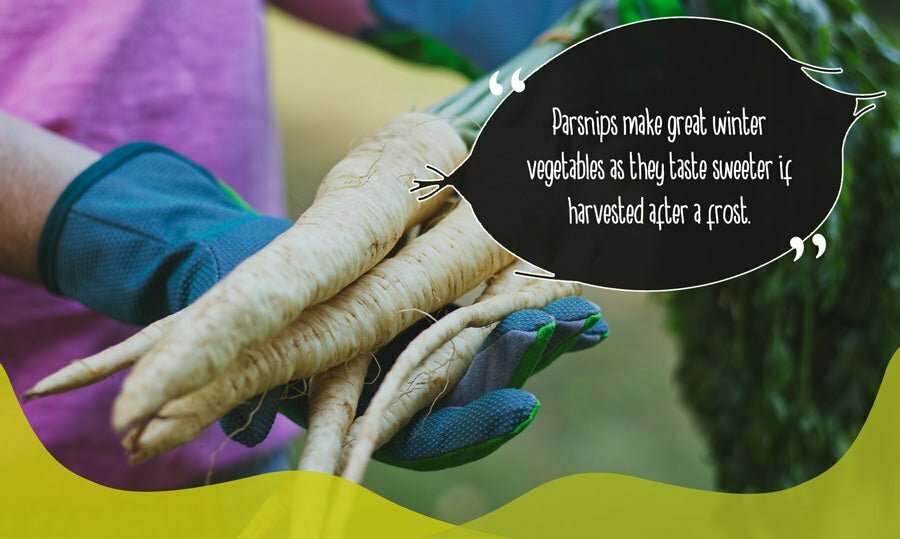Winter gardening: a guide
Winter is the season to make changes. Besides planting, there’s maintenance and planning, building new structures or a full garden overhaul that could be carried out.
Winter gardening tasks
Composting and mulching
Much of winter gardening involves cultivating and enriching your garden for the coming year. Using the no-dig method, spread a layer of nutrient-rich compost a few inches thick on top of soil, instead of digging through.
Organisms within the soil will pull nutrients down and break them into forms available for roots to take up when ready. These processes create drainage and aeration channels, which improves soil structure.
Mulching is one way to keep plants warm in winter. It insulates the soil, preventing temperature fluctuations and retaining moisture. Coir mulch is an eco-friendly mulch option, using material which would otherwise have been wasted. Unlike wood chip, which often uses virgin timber from trees cut down for the purpose of making mulch.

Pruning
Cold weather pruning encourages regrowth in spring. Roses respond well to a heavy cut back, while shrubs, deciduous hedges, and fruit trees also benefit from pruning dead branches.
Winter garden projects
As growth dies back, damage to structures such as greenhouses, sheds or fencing can be revealed. With less foliage to contend with, it’s a good time to make repairs.
You could also start a vegetable patch or plan your existing one for maximum yield. Organise crop rotations to best utilise growing space and keep soil healthy. It may also be worth trying companion planting to improve flavour and deter pests.
Upcycle wooden planks to try raised bed gardening or create a compost heap. It’s best to use varnish- and paint-free wood.
Composting garden cuttings and food scraps will also help cut household waste and provide nutritious, organic compost for your garden.
Monitoring your garden in winter
Use temporary structures, such as cloches, to protect against frost. Covering plants with blankets or gardening fleece will also work.
Rot, mildew, and mould thrive in mild, wet winters. Spotting disease quickly will allow you to remove affected foliage before infection spreads. Well-drained and aerated soil that’s left to dry between watering helps avoid rot.
While most pests are less prevalent in winter, those that are around can be more prolific as there are fewer food sources available.
Greenhouse growing
For people with restricted space or budgets, or who only need to cover a few plants, cold frames function as miniature greenhouses.
Greenhouses extend growing cycles for less hardy plants by providing a warmer, controlled growing environment. Some plants benefit from growing in greenhouses year-round, while others only need protection while germinating in winter.

Growing in winter
It’s important to keep watering your plants in winter. Hydrated plants are more likely to survive harsh conditions, and dormant plants still need water. Moist soil also helps to insulate roots and avoid freezing.
Save indoor growing space by sowing winter-adapted seeds in trays outdoors. These seedlings won’t need hardening off before planting out. Hardy perennials are great for outdoor winter sowing, as are some herbs, such as oregano, sage, or mint.
What to grow in a winter vegetable garden
Some hardy vegetables can be planted in winter for winter produce or an early spring harvest. Many well-known winter garden vegetables are planted and matured in earlier seasons.
Parsnips make great winter vegetables as they taste sweeter if harvested after a frost.
Kale, chard, and hardy salad varieties such as lamb’s lettuce can be overwintered and continually harvested by taking only the mature outer leaves. This is known as cut-and-come-again gardening.
Flowers to grow in winter
Spring flowering bulbs such as tulips and daffodils can be planted during winter. However, for colour and perfume in your garden throughout the season, hardy winter-flowering varieties of other popular plants are available. These include witch hazel, jasmine, honeysuckle, clematis, and iris.
Other flowers are well-suited to winter. Snowdrops, crocuses, and hellebores are all synonymous with the season. Viburnum and daphne also provide colour and scent throughout the cold weather.
Evergreen shrubs, such as the deeply scented Sarcococca confusa or non-fruiting skimmia varieties, can create depth in your winter garden displays.

Protect wildlife
Ensure feeders are well-stocked to support wildlife during a lean season. This can also help keep them from scavenging seeds you’ve planted. Scatter extra bird seed on icy paths for grip, instead of using salt or chemical de-icers. These damage plants and the wider environment.
Leave fresh water, ensuring it doesn’t freeze. Sources of fresh water can be hard to come by in harsh winters.
Create places of shelter, such as piles of leaves and logs. Bees, beetles, and other insects may use these for shelter. If you have the room, trees like willow have copious pollen in their catkins to sustain winter pollinators.
Winter growing medium for healthy plants
Our range of sustainable peat-free coir composts offers excellent drainage and aeration, encouraging healthier root growth and preventing rot. Coco coir’s water-retentive properties keep plants hydrated and insulated, reducing water use and the chance of freezing and waterlogging.
In addition, coco coir will improve existing soil structure. Its natural sterility also keeps disease and pests at bay, while affording full control over nutrient levels.










